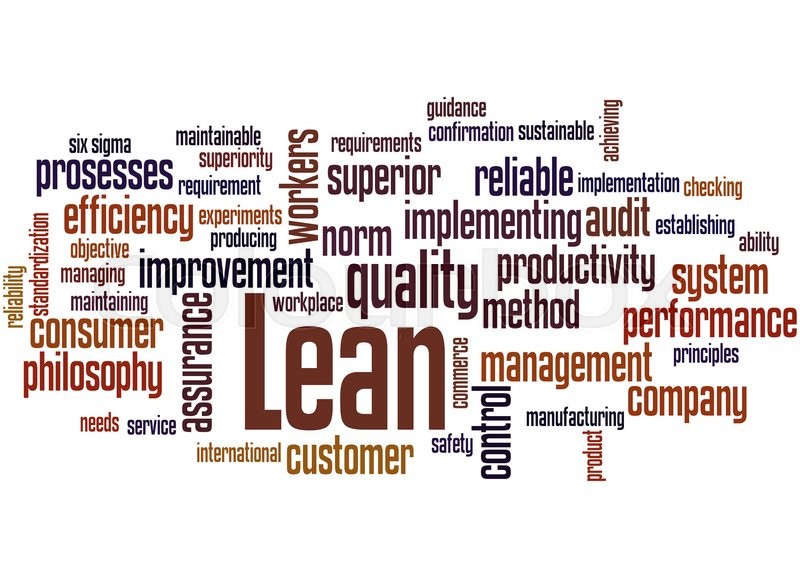Many of the organizations that I have worked in this year are involved in dramatic change. They are doing more to meet the increasing demands of customers in order to compete with companies within their industry. They are implementing new productivity standards which is causing them to measure more effectively the behaviors of their employees and the return on investment for the implementation of newly defined competencies. Because we usually get what we measure, these
LEAN 5S & Workplace Efficiency
Category: Agile
If you want to take your office productivity up a notch, you don’t necessarily have to make huge and difficult changes. Surprisingly, simple and small adjustments can go a long way for your productivity journey. The 5S methodology is a simple yet effective technique to improve the way your office functions. History of 5S 5S is believed to have started as early as the 16th century with the Venetian shipbuilders in Venice, Italy. They used
Sales difference is the answer
Category: Leadership
Differentiation often starts with marketing, but it’s in the selling process that it truly comes alive. Analyzing buyers’ perceptions of what they believe led them to buy from the best sales man is crucial. In the analyze three factors were on differentiation. They were: Overall value from the company was superior to other options. Company offers products and services that are superior to other options. Seller differentiated their products and services from the other available
The value of EQ in sales
Category: Leadership
There are many skills required to be a good salesperson. Confidence, motivation, passion and drive are all important, but perhaps the most important skill of all is emotional intelligence. What is emotional intelligence? Emotional intelligence is the capacity to express and control emotions and to read the emotions of others and respond empathetically. The skill is becoming increasingly valued in the workplace as people become better educated about the importance of managing workplace stress and
We live in an age in which change has become the only constant. So it’s not surprising that change management models have become popular. Executives are urged to develop a plan to communicate the need for change, create a sense of urgency and then drive the process through to completion. Unfortunately, the vast majority of these efforts fail and it’s not hard to see why. Anybody who’s ever been married or had kids knows first-hand how difficult it can be to





